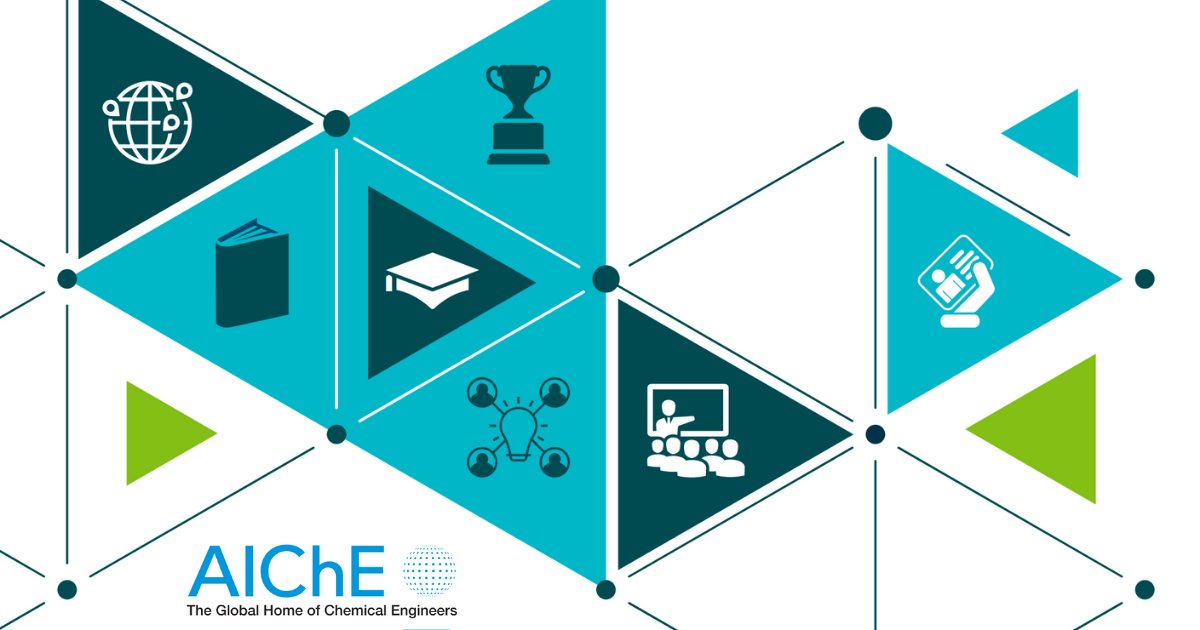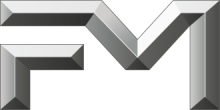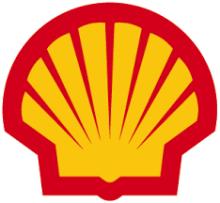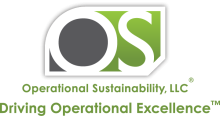28th Process Plant Safety Symposium (PPSS)
The Process Plant Safety Symposium (PPSS) is one of five parallel sessions that comprise the Global Congress on Process Safety (GCPS). The PPSS conference's focus is to provide proven best practices, perspectives, methods, and tools that can be readily practiced and provide value to personnel at the plant level.
Register for the conference here.
Encouraged topics for this conference include, but are not limited to:
PPSS Chair and Vice Chair
-
Lydia Wright and Swarup Bade, PPSS_chair@aiche.org
Session Topic Descriptions:
Asset Integrity and Reliability at it's Best!
Best practices and lessons learned on shifting from minimum requirements in Mechanical Integrity (MI) to Risk Based Inspection (RBI) and Asset Reliability. Seeking papers on such topics as: maintenance strategy, reliability data management, resetting inspection frequencies, fit for purpose evaluations, deficiency management, independent protection layer management, spare parts management, mean time to repair a Safety Integrated Function (SIF), inspection and testing deferrals, quality assurance, inspection contractor management, and day in the life of a reliability engineer.
Emerging Uses for Generative AI in Process Safety
The application of Artificial Intelligence (AI) in process safety is rapidly redefining how the industry anticipates, prevents, and responds to hazardous events. We invite abstracts that highlight innovative uses of AI to enhance safety in process industries. Topics of interest include, but are not limited to:
- Predictive analytics for early detection of process deviations or equipment failures
- Machine learning models for real-time hazard identification and risk assessment
- Natural language processing (NLP) for incident investigation, safety audits, and regulatory compliance analysis
- AI-powered root cause analysis and decision support tools
- Computer vision for remote monitoring and detection of unsafe conditions
- Digital twins for dynamic safety modeling and scenario planning
- Autonomous process control systems with embedded safety constraints
While AI unlocks powerful predictive and diagnostic capabilities, it can also create novel hazards—through algorithmic bias, model drift, or cyber-physical vulnerabilities—that may introduce new risks or intensify existing ones if not rigorously managed. Submissions may focus on conceptual research, applied case studies, integration with existing process safety management (PSM) systems, data challenges, or ethical and regulatory implications.
Join us to showcase your work and collaborate on building a safer, smarter future for high-hazard industries.
Advanced Techniques Beyond PHA
Process Hazard Analysis (PHA) provides a structured approach to identify and evaluate process hazards. However, other types of risk analyses that complement a PHA are critical for ensuring a comprehensive understanding and management of risks in chemical facilities. These additional analyses can address different aspects of the risk or add depth to the analysis that may be too complex to evaluate with HAZOP or What-If methodologies.
Evaluations and techniques that can be used to complement a PHA include Layer of Protection Analysis (LOPA), Bow Tie analysis, focused Quantitative Risk Analysis (QRA), Safety Integrity Level (SIL) selection and Safety Instrumented System (SIS) development , Human Factors and Human Reliability Analysis (HRA), Facility Siting analysis, Environmental Risk Analysis (ERA), and Security Risk Assessment, for example.
When should these techniques be applied, and how can the resources be identified and justified? This session will focus on practical applications and examples of methodologies and techniques, beyond a PHA, that have been successfully implemented at the plant level.
Challenges of PSM in Small to Mid-Sized Companies or Non-Regulated Processes
Challenges of maintaining and evolving a PSM program can be overwhelming for smaller sites or organizations with limited capabilities and resources. Technical personnel often “wear many hats” including PSM and other operational roles and responsibilities. Non-regulated facilities or processes benefit from application of a PSM or focused-PSM program and the structure and discipline to manage significant risks. Yet, technical staff and management may have little to no PSM knowledge and experience.
This session invites speakers with experience in these types of operations to share their wisdom through specific examples of how to effectively prioritize, implement, maintain, and advance PSM programs with limited resources and sometimes unusual circumstances. What are worthwhile practices that can be applied and shared to manage risks?
Process Hazard Analysis Techniques: Innovations to Meet Increasing Needs
Process Hazard Analysis (PHA) with its team-based structure continues as a fundamental means to identify hazards and enable management of risks. Innovations in PHA techniques and new applications are being developed to address emerging and increasing industry needs. This includes the new (2024) USEPA Risk Management Program Rule requirements for PHA (and those proposed by OSHA for Process Safety Management) – to potentially include addressing natural hazards, power loss, conduct of Safer Technology and Alternatives Analysis, facility siting, review of previous codes and standards used and gaps compared to current Recognized and Generally Accepted Good Engineering Practices (RAGAGEP)s, and employee participation in resolving PHA recommendations. These are all new or expanded needs for PHAs, in addition to addressing issues such as the means to effectively address abnormal or transient operations and ensure significant hazards are identified through thorough and consistent conduct of PHAs with improved PHA leadership, training, aids, and tools.
This session will highlight innovations in PHA techniques and applications that have been implemented in plants to effectively meet increasing process industry needs while ensuring significant risks are identified, new requirements are met, and team recommendations are resolved and implemented to manage plant risks.
Strategies to Enhance Worker Connectivity and Safety
The role of operators and technicians has significantly changed thanks to automation, big data, and analytical tools. Many of the manual activities, adjustments, and data gathering previously performed in the field are now executed by or through highly automated systems and require personnel to have more advanced technical skills. The current digital age brings innovations front-line workers can use to manage their tasks, adhere to company and regulatory requirements, and provide real time data to collection and analytical systems (e.g., electronic SOPs/permitting, handheld data collection apps, etc.). This session invites speakers to share new technologies, tools, and training used to help operators and maintenance personnel develop these new skillsets to work smarter and safer.
Leveraging Value out of IPL Verification
As manufacturing facilities age and regulations increase in complexity, this session welcomes sharing of methods to leverage IPL verification techniques to drive effective and practicable solutions and improve process safety management systems. This session seeks examples of efficient and cost-effective IPL verification techniques where results are leveraged beyond PHA assurance to make improvements in mechanical integrity, operating procedures, capital project handover and operational readiness. Examples where sample sets or frequency of IPL verification are optimized by metrics or other risk-based strategies to assure reliability of BPCS with operator response, SIS, shutdown systems, pressure relief devices, and other IPLs with available resources are also encouraged.
Gaps and Challenges in Process Safety
Most companies in the process industries report discrepancies between process safety goals and reality. Industry faces significant challenges due to aging assets, an aging technical and operational workforce, and a persistent push to "do more with less.” These factors permeate process safety, and with aging plants and a less experienced and knowledgeable workforce, is industry situated to repeat mistakes and incidents of the past? How can Organizational Change Management be used at the plant level to mitigate these risks? Can plants and local associations and organizations collaborate to identify and train qualified chemical operators and technicians for the next generation workforce?
Identification of plant high-risk scenarios may entail the challenges of implementing reliable mitigation safeguards (including administrative controls) before final solutions are implemented. Limited capital expenditure budgets can exacerbate this gap. And incidents are shedding light on previously unidentified or unaddressed risks such as those related to facility siting and siting relative to the community. Despite years of Process Safety Management, gaps in visibility into potential hazardous incidents, normalization of deviation, tribal knowledge, and challenges in operating discipline persist.
This session will spotlight critical industry gaps, organizational obstacles, challenges, and creative plant solutions demonstrated to effectively mitigate process safety risks.
CCPS Joint Session: Case Histories
Reviews of process safety incidents provide valuable learning opportunities. This session invites papers to help understand the causes and lessons learned from incidents in the industry with an emphasis on events that have helped define and develop the process safety field over the years.











